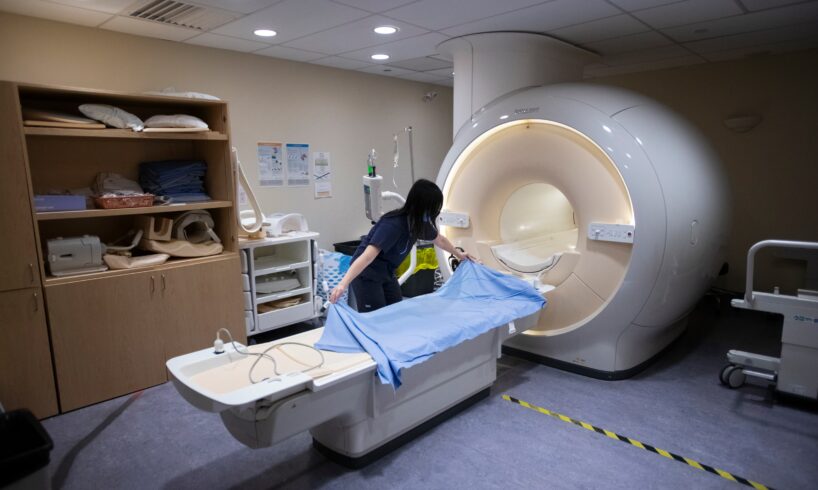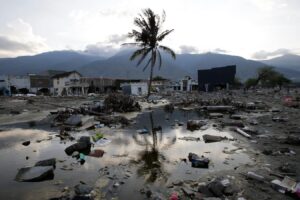
Open this photo in gallery:
Queues for diagnostic scans in Canada have increased in part because of swelling demand from a growing and aging population.Fred Lum/The Globe and Mail
Radiologists in Canada are sounding the alarm about rising wait times for diagnostic imaging procedures such as MRI and CT scans, saying the holdups hurt patients and the economy.
“When access is delayed, treatment is delayed,” said Alison Harris, president of the Canadian Association of Radiologists, which represents about 3,000 specialists across the country.
Dr. Harris, an abdominal radiologist at Vancouver General and University of British Columbia Hospital, spoke at a news conference in Ottawa on Tuesday, drawing attention to a report the association commissioned into the economic impact of long queues for diagnostic scans.
The study, conducted by the consulting firm Deloitte, estimated that patients who miss work while waiting for a diagnostic exam lose nearly $18-billion in aggregate income every year, a hardship that costs the economy an estimated $64-billion in lost gross domestic product and $6-billion in lost tax revenue.
“Decades of neglect have created a health care bottleneck that is simultaneously harming patients and undermining Canada’s economic competitiveness,” Dr. Harris said.
Opinion: Too many Canadians are leaving ERs before getting assessed
Queues for diagnostic scans in Canada have increased in part because of swelling demand from a growing and aging population. Several provinces have also broadened the criteria for breast and lung cancer screening, leading to more requests for mammograms and CT scans of the chest.
Canadian hospitals and clinics don’t have enough equipment to keep pace, the report found, especially in comparison with peer countries. Canada ranks 34th out of 37 countries in the Organization for Economic Co-operation and Development in the number of MRI machines per capita, and 33rd out of 36 in the number of CT scanners per capita.
The report also highlighted that Canada is suffering from a shortage of medical radiation technologists and sonographers, the professionals who administer MRI and CT scans, mammograms and ultrasounds. MRTs also provide radiation treatment to cancer patients.
Vacancy rates for MRTs are hovering between 8 per cent and 15 per cent, depending on location, said Kelly Masotti, chief executive officer of the Canadian Association of Medical Radiation Technologists. Veteran MRTs are retiring or burning out, and there aren’t enough young MRTs being trained in their wake, she added.
“Unfortunately, what that means is in many departments, scanners are sitting idle, shifts are going unfilled, and we are seeing longer and longer wait times for patients,” Ms. Masotti said. “It’s not a temporary blip. This is a systemic shortage, and it’s worsening.”
Opinion: The real health care wait-time scandal? Political meddling
The result is that patients waited longer for diagnostic imaging in 2024 than in 2019, according to the Canadian Institute for Health Information, the country’s clearing house for health-system statistics. Median wait times for MRI and CT scans rose by 15 days and three days, respectively, during that time frame.
Deloitte’s estimates of the economic impact of delays were extrapolated from the findings of a survey conducted by Nanos Research, also commissioned by the radiologists group.
The online survey of 1,013 Canadian adults, conducted last spring, found that respondents who had been referred for imaging in the past two years waited an average of 84 days for an MRI scan and 66 days for a CT scan. (A margin of error can’t be calculated for representative non-probability samples like the one Nanos used in the online survey.)
Some of those patients indicated they were sick or injured enough that they had to quit work while waiting for diagnostic imaging to guide their treatment.
The Canadian Association of Radiologists is calling on the federal government to invest more in work-force planning and infrastructure to improve access to diagnostic imaging, even though health care delivery is primarily a provincial responsibility.
The office of federal Health Minister Marjorie Michel declined to comment on the report.





